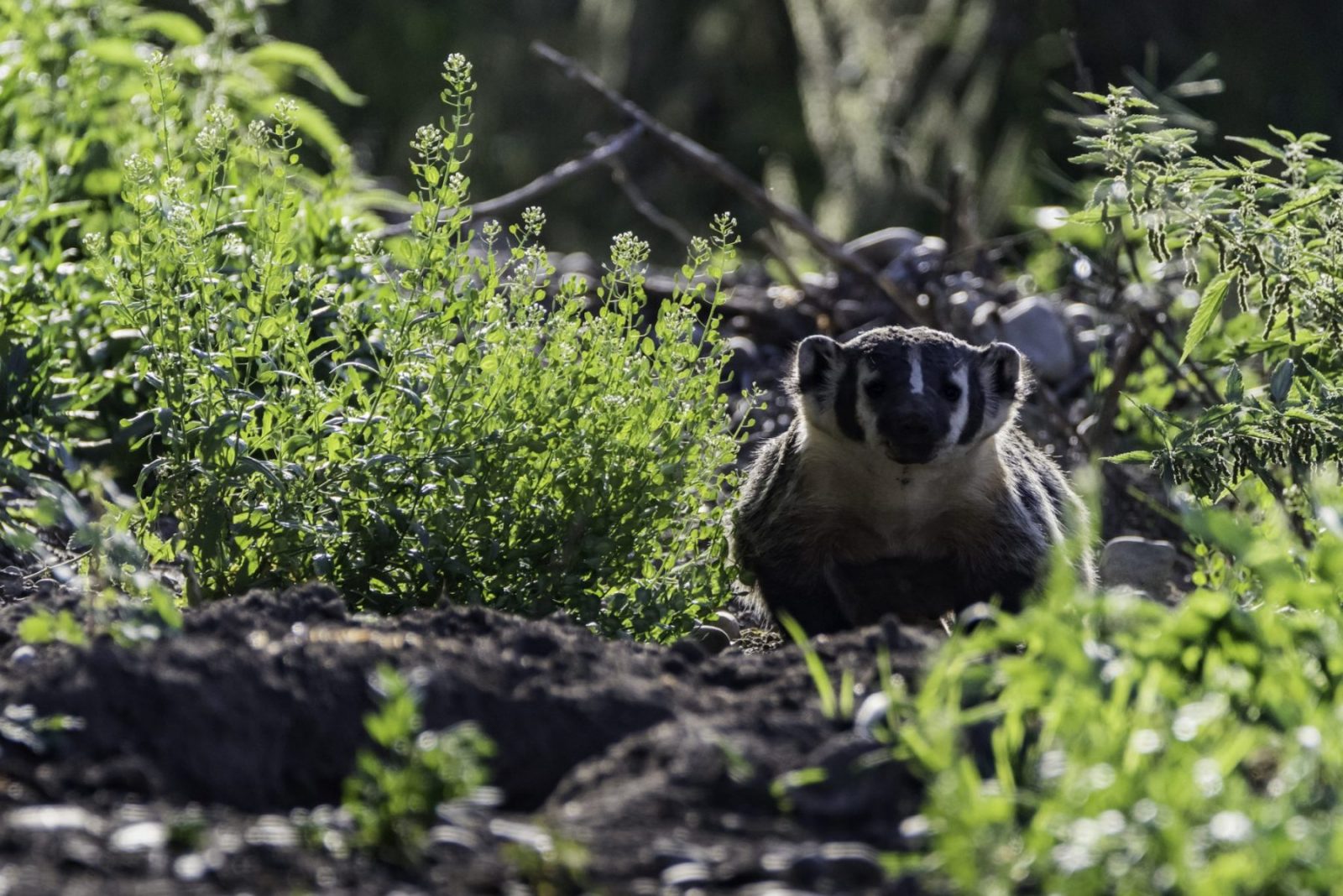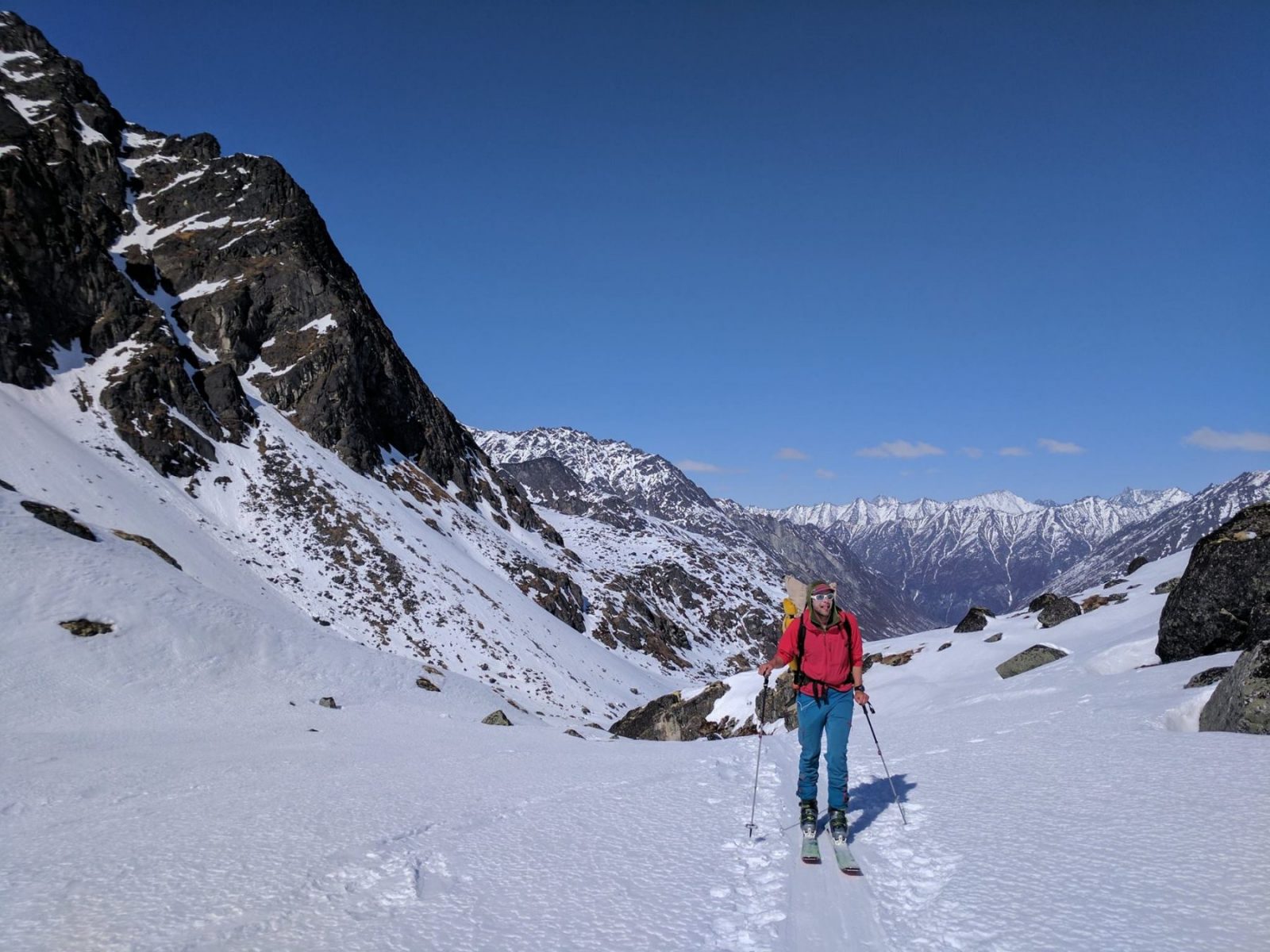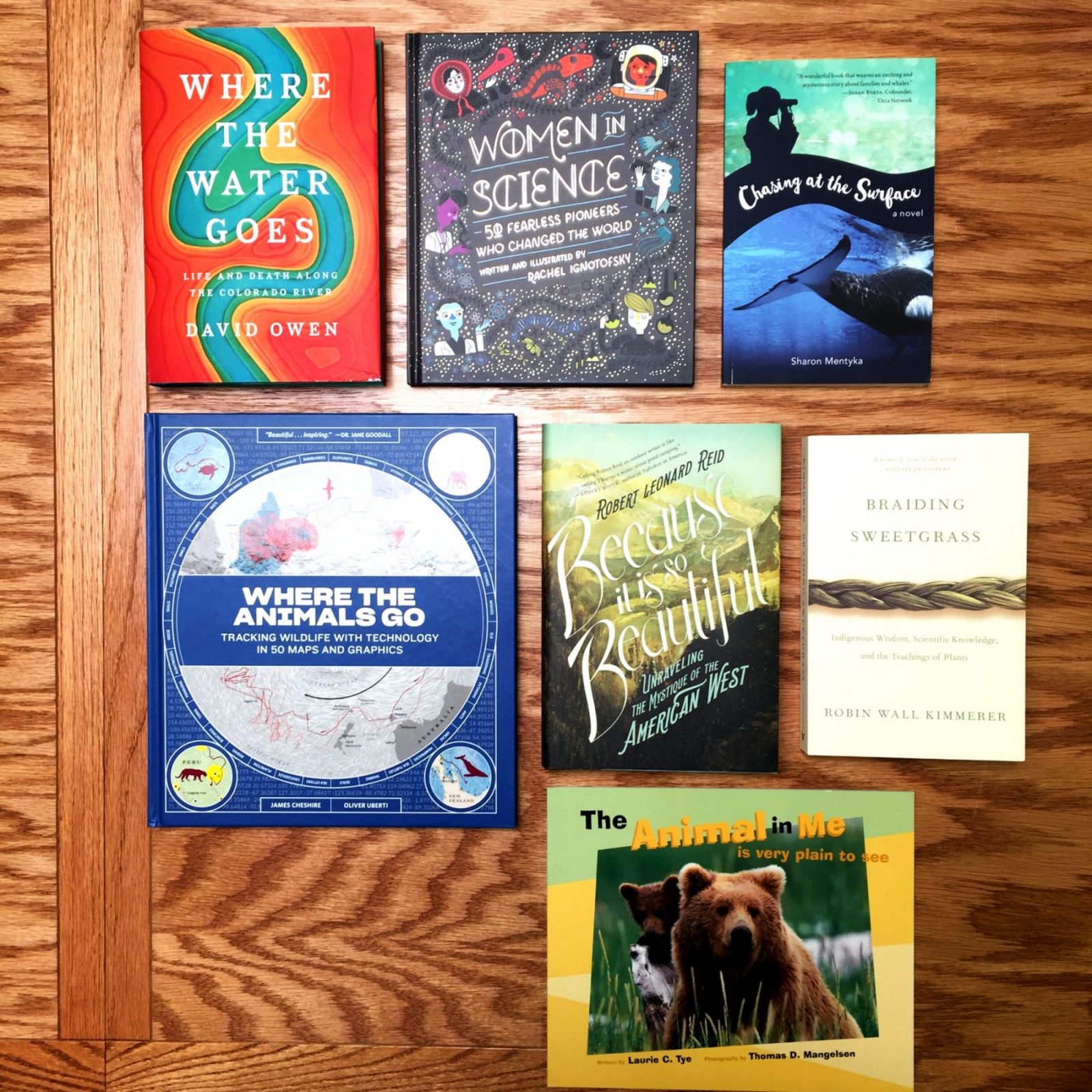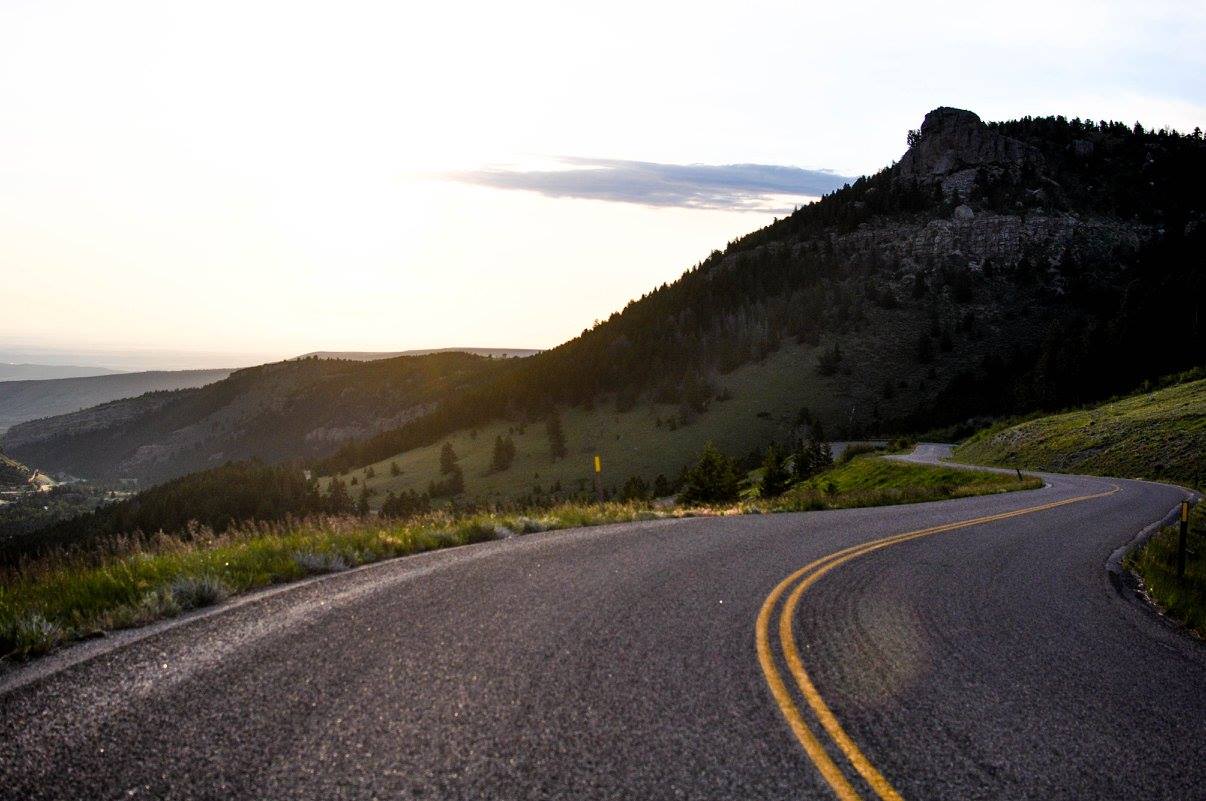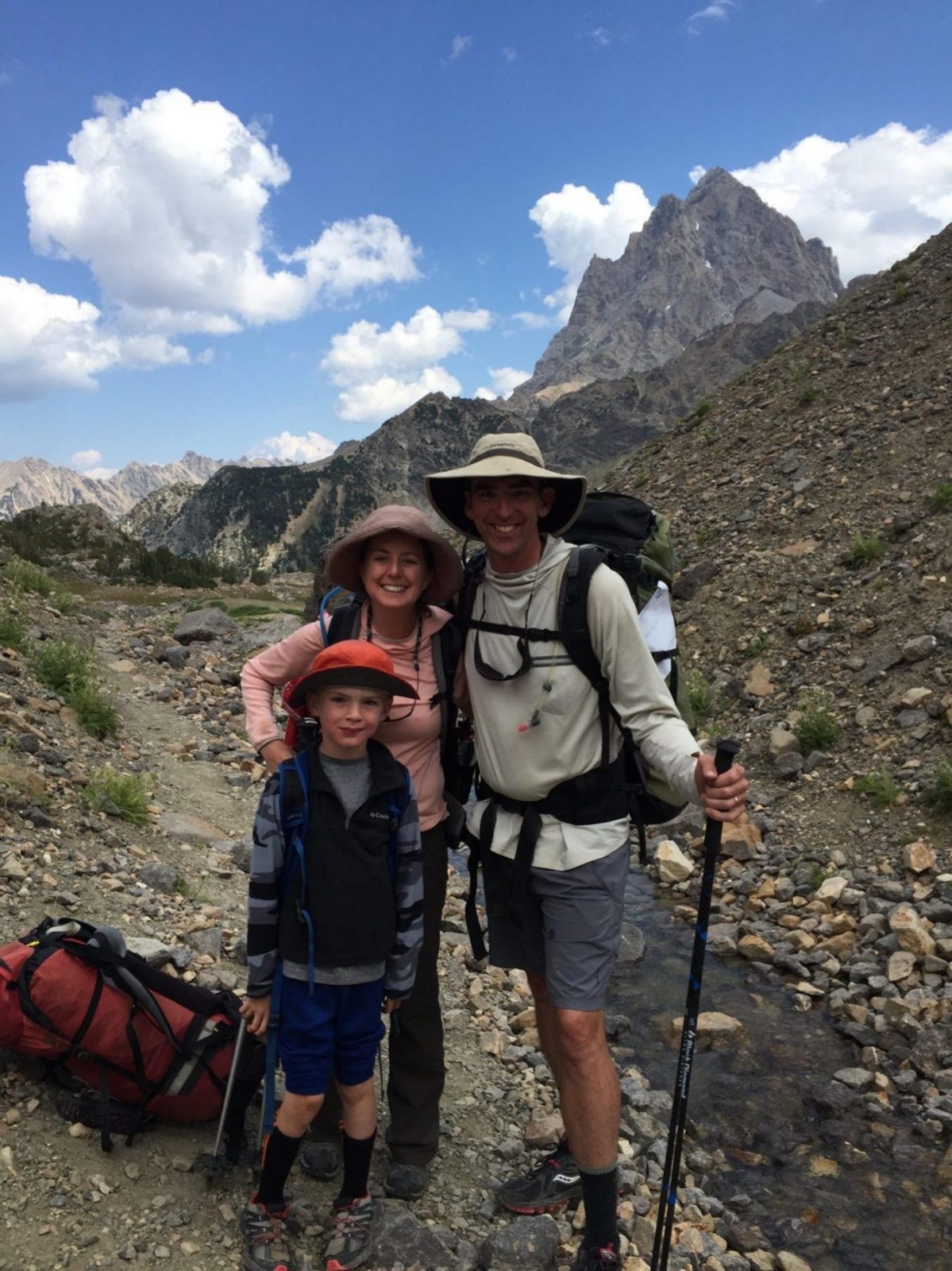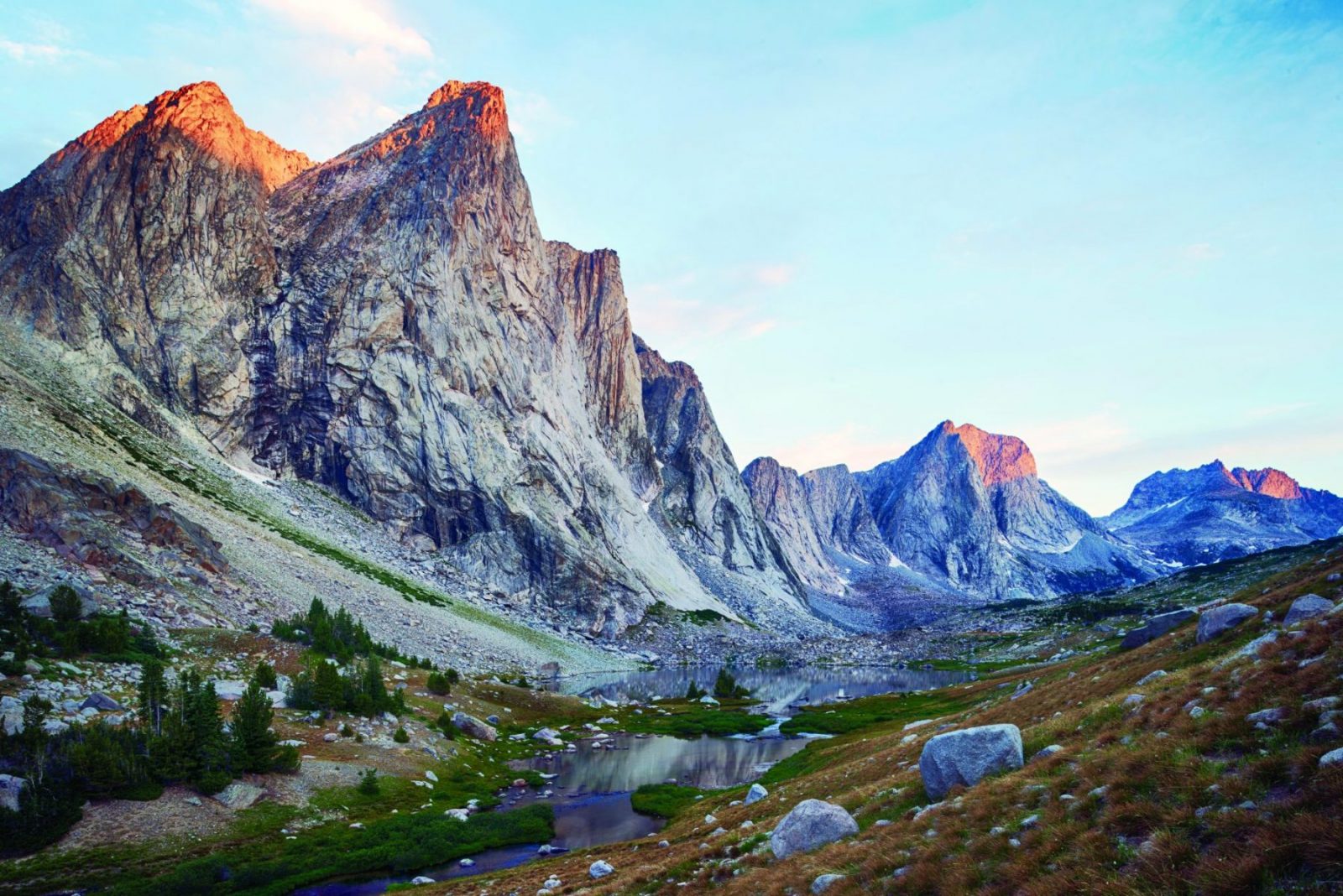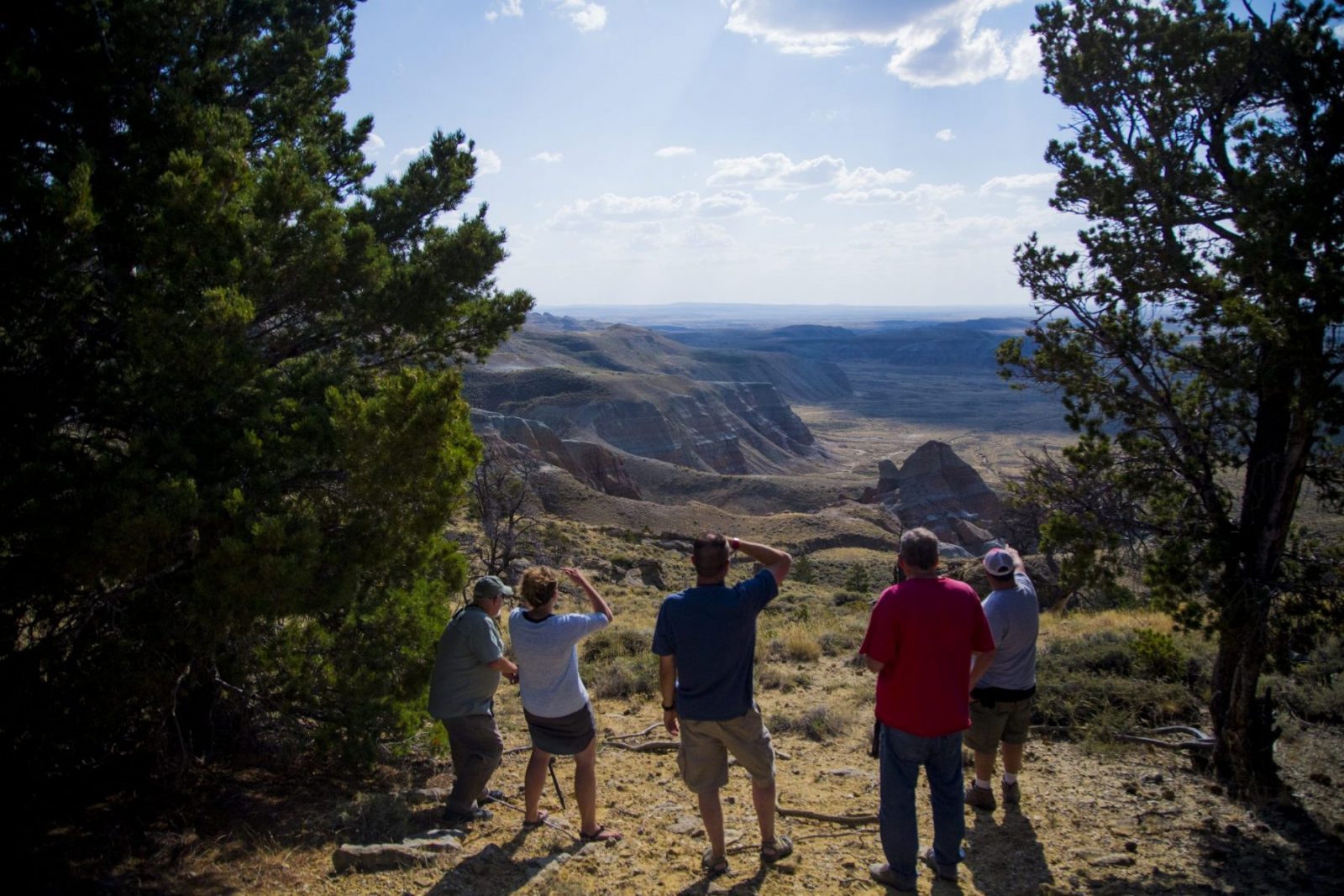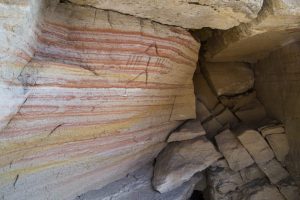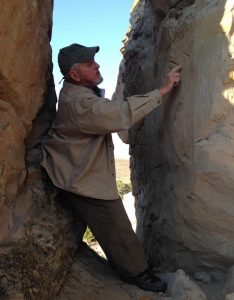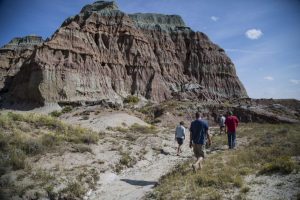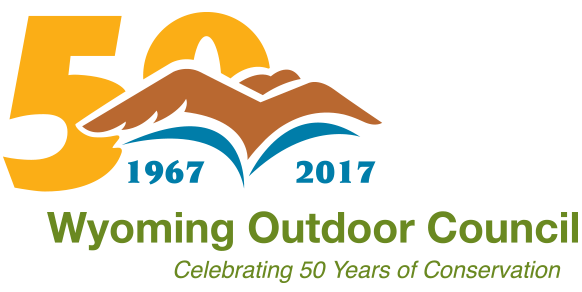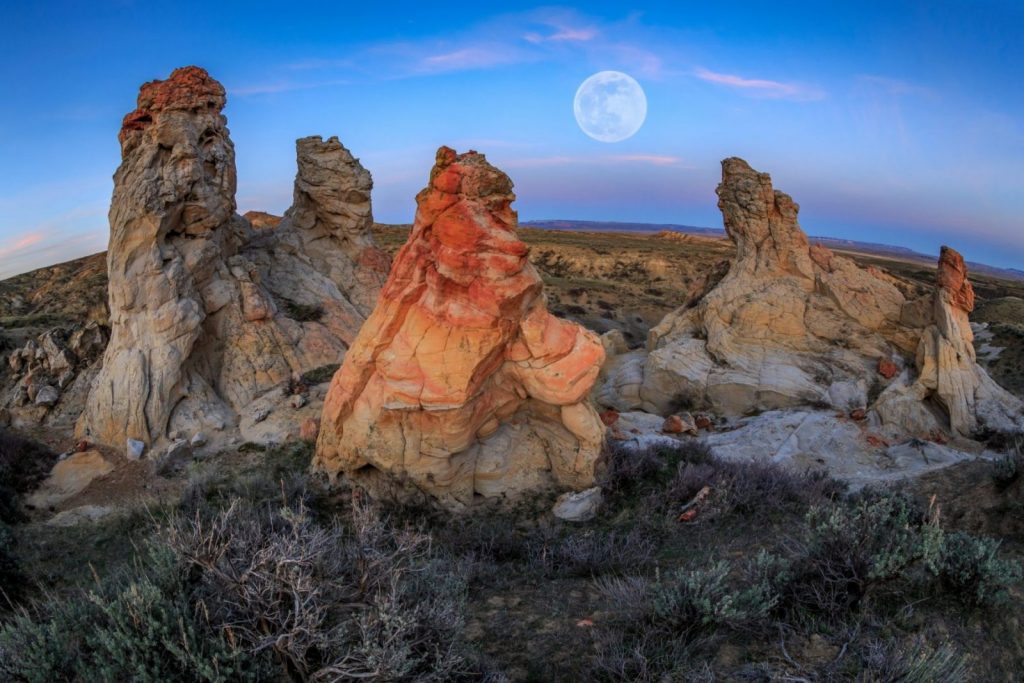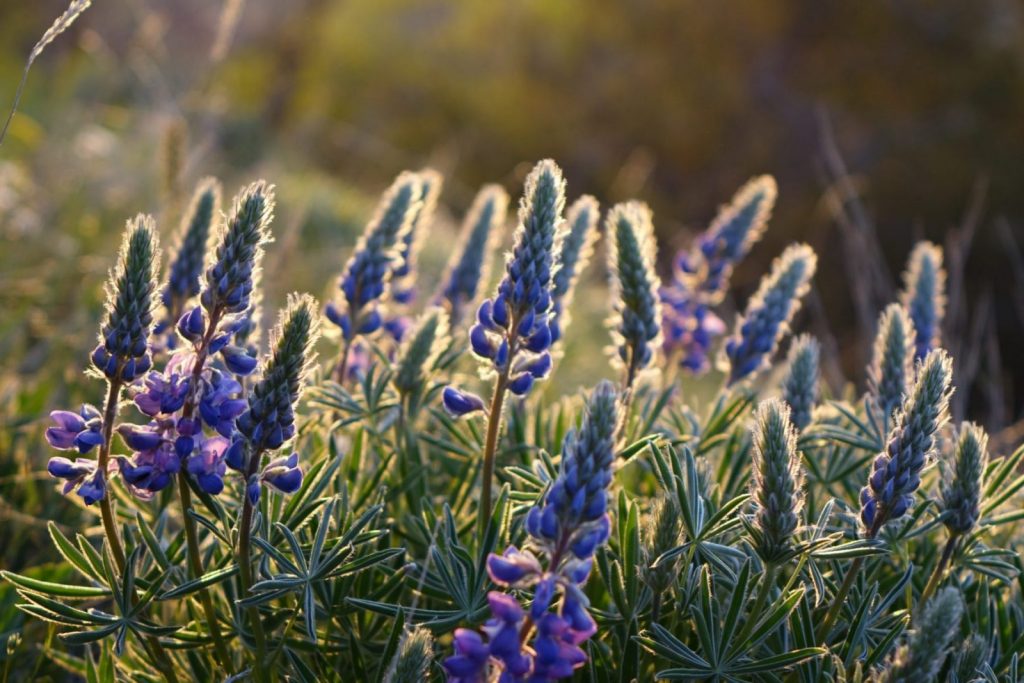Looking for a book to read in 2018? We’ve got you covered. In the coming months, if you’re a Wyoming resident, you’ll be able to head to your local library and check out a book related to natural history, the environment, or outdoor adventure that we helped recommend and that our Emily Stevens Book Fund helped purchase.
Every year since 1998, this fund has helped bring a new book to the shelves of all 23 of Wyoming’s county libraries. The fund was established by the Outdoor Council in memory of Emily Stevens, a Wilson resident and board member who served from 1989 to 1996. In the 1990s, her board service was crucial in helping us prioritize and defend public lands, raise money (she often pitched in her own), and help us remain focused on our mission.
Dan Heilig, executive director of the Outdoor Council at the time of Emily’s service, described her as “a wonderful person with a big heart.” Steff Kessler, our Program Director, knew Emily well, too, and said Emily was warm and generous. She often hosted lively events for the Outdoor Council at her Wilson home.
Emily was well-known and beloved around the state for her steadfast commitment to conservation — which is aptly honored every time a reader is introduced to, or reminded of, the great natural wonders that surround us through this book fund.
Emily moved to Wyoming from Boston in the early 1970s after falling in love with the state as a guest of the T Cross and CM ranches in Dubois and the Upper Wind River Valley. She cherished her experience there so much that she eventually bought T Cross Ranch with the intent to preserve the landscape.
Over the years, she also purchased additional land near Jackson Hole in the surrounding Teton Valley. She worked to conserve much of it and deeded the rest to Walton Ranch, which still uses this land today for its day-to-day operations. Emily also bought Iron Rock — today known as Emily’s Pond in her honor—and cleaned up the site, recognizing value of the area’s access to the nearby Snake River and ensuring that others would be able to use the land for recreation and enjoyment for years to come. In 1992, she gave the property to Teton County with a conservation easement held by the Jackson Hole Land Trust.
Emily passed away in 2001, leaving behind a legacy of conservation that ranged far and wide — from our own Snake River to the states of Arizona and New Hampshire.
Each year, we honor Emily through this book fund. An appointed fund director — this year is Jazmyn MacDonald, a longtime supporter of the Outdoor Council— develops a list of titles that focus on natural history, the environment, and outdoor adventure, and allows each county library to pick one title from this list that will best fit their patrons. The book is then purchased and delivered with a Wyoming Outdoor Council bookplate for each county and its readers to enjoy.
Anita Marple, branch manager of the Fremont County Library in Lander, said the book fund has helped the library add a beautiful, informative, unique book to their collection each year.
“We appreciate the Wyoming Outdoor Council’s commitment to providing libraries this opportunity for connecting people with great resources,” she said.
Park County Library Manager Marge Buchholz, said she barely got a chance to look at the book they chose this year — ”Where the Animals Go,” by James Cheshire — because someone had checked it out almost immediately.
“It’s a wonderful program that lets us have these beautiful books every year,” she said. “I can’t say enough great things about this program — and our patrons love it, too. They comment on the books all the time.”
Here is a list of titles that might be coming to your library soon:
• “Because It Is So Beautiful: Unraveling the Mystique of the American West,” by Robert Leonard Reid
• “Braiding Sweetgrass: Indigenous Wisdom, Scientific Knowledge and the Teachings of Plants,” by Robin Wall Kimmerer
• “Bugged: The Insects Who Rule The World,” by David MacNeal
• “Citizen Scientist: Searching for Heroes and Hope in an Age of Extinction,” by Mary Ellen Hannibal
• “The Home Place: Memoirs of a Colored Man’s Love Affair with Nature,” by J Drew Lanham
• “Mountains and Plains: The Ecology of Wyoming Landscapes, 2nd Edition,” by Dennis H. Knight, George P. Jones, William A. Reiners, and William H. Romme
• “Where the Animals Go: Tracking Wildlife with Technology,” by James Cheshire and Oliver Uberti
• “Where the Water Goes: Life and Death Along the Colorado River,” by David Owen
• “The Animal In Me: Is Very Plain to See,” by Laurie C. Tye with photos by Thomas D. Mangelsen
• “Chasing at the Surface: A Novel,” by Sharon Mentyka
• “¡Olinguito, de la A a la Z! / Olinguito, from a to Z!: Descubriendo el bosque nublado / Unveiling the Cloud Forest (English and Spanish Edition),” by Lulu Delacre
• “A Pika’s Tail,” by Sally Plumb
• “Here We Are: Notes for Living on Planet Earth,” by Oliver Jeffers
• “Women in Science: 50 Fearless Pioneers Who Changed the World,” by Rachel Ignotofsky

